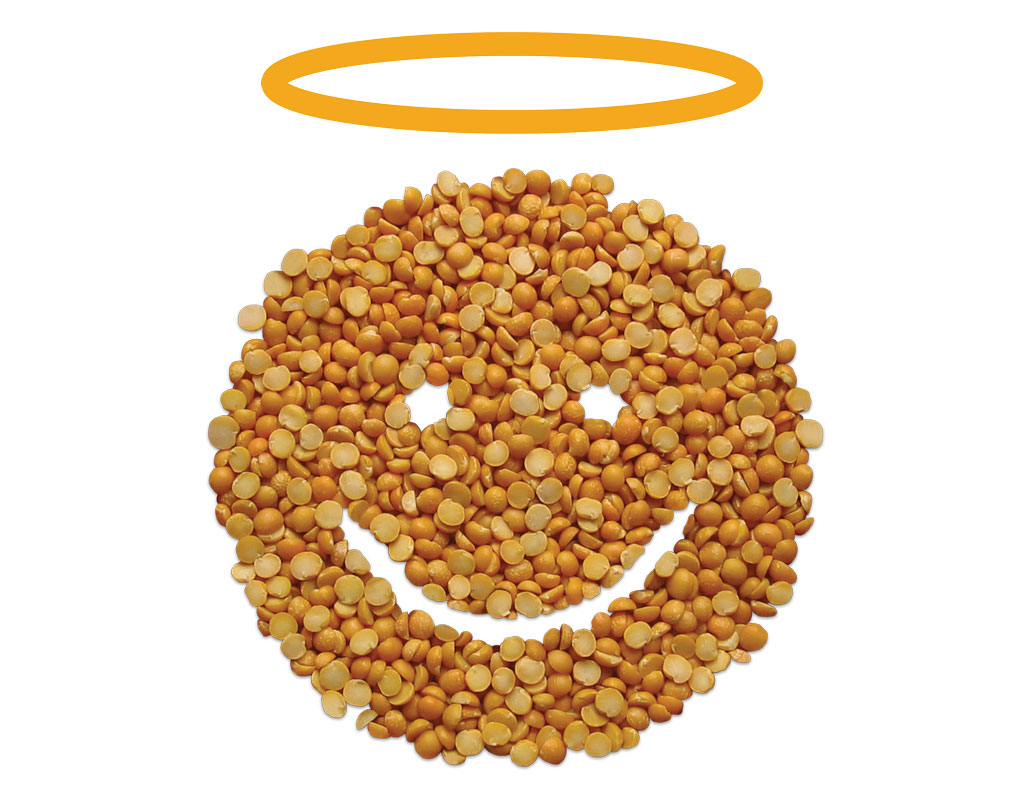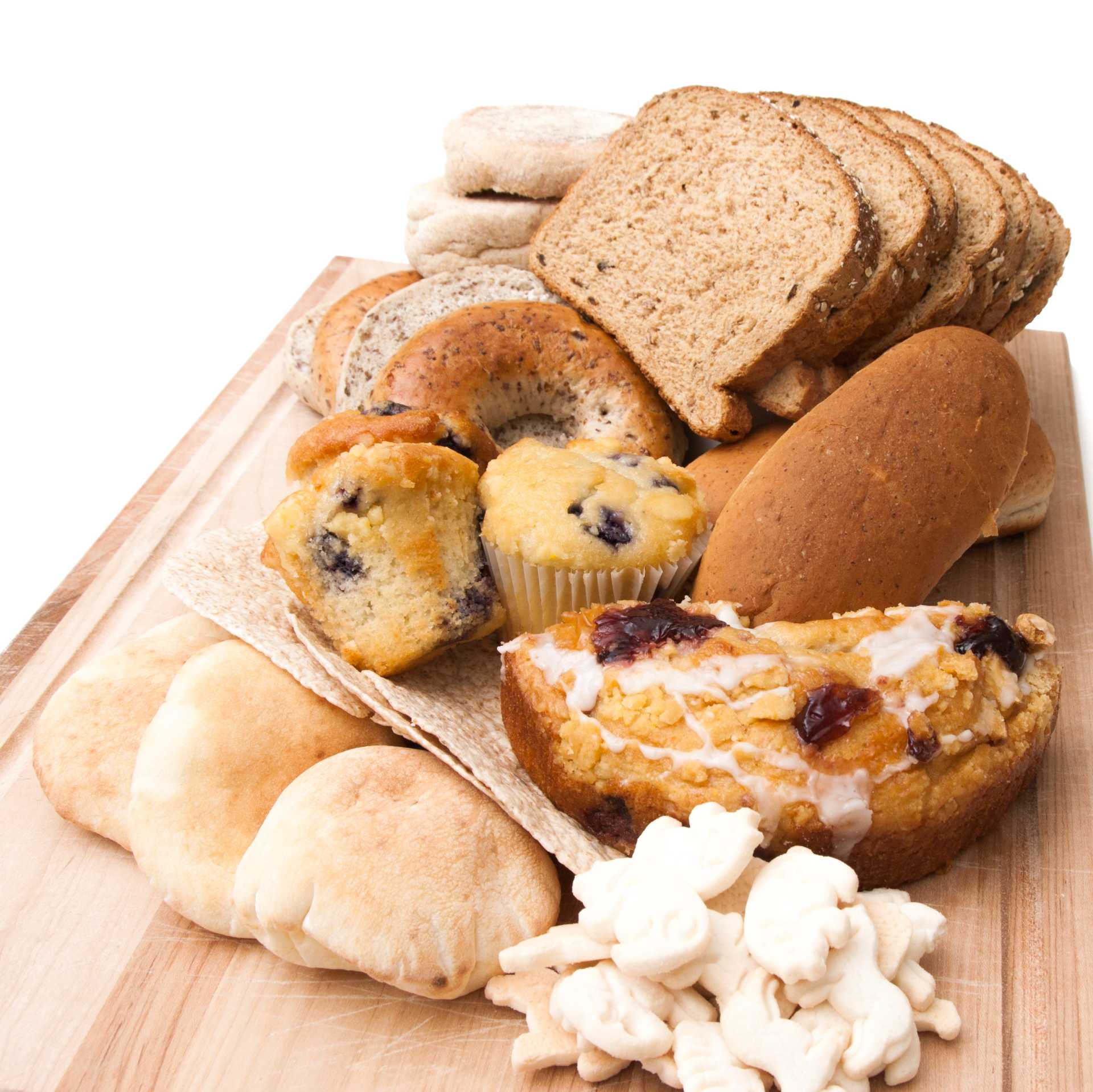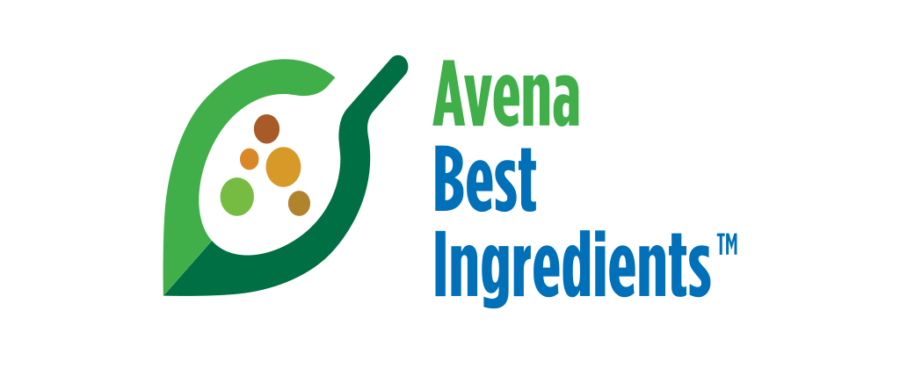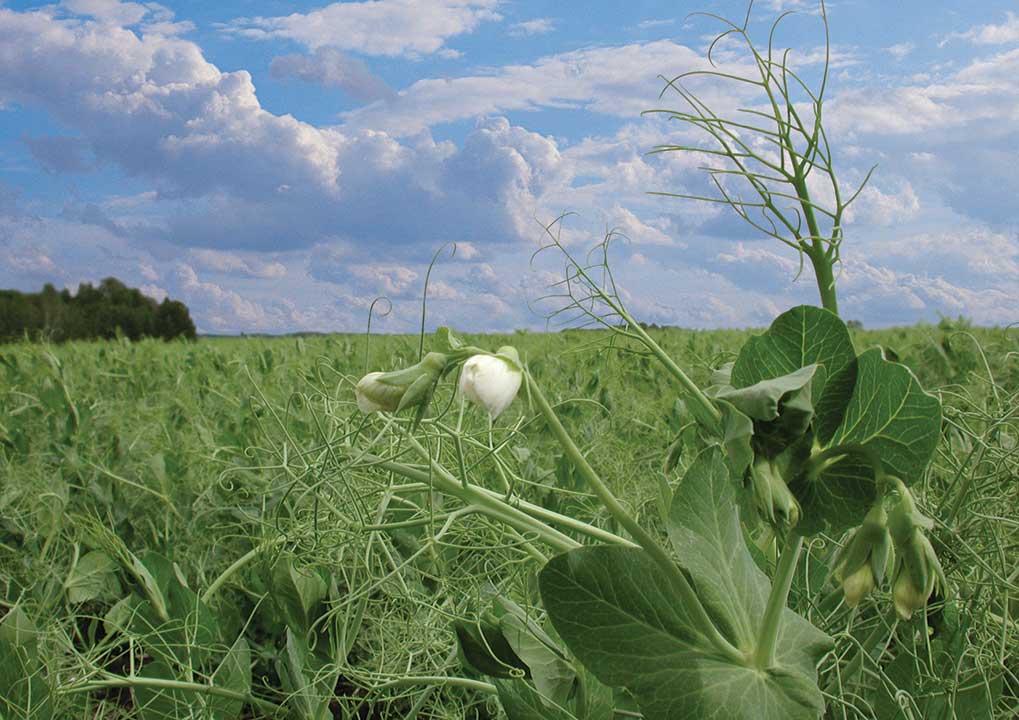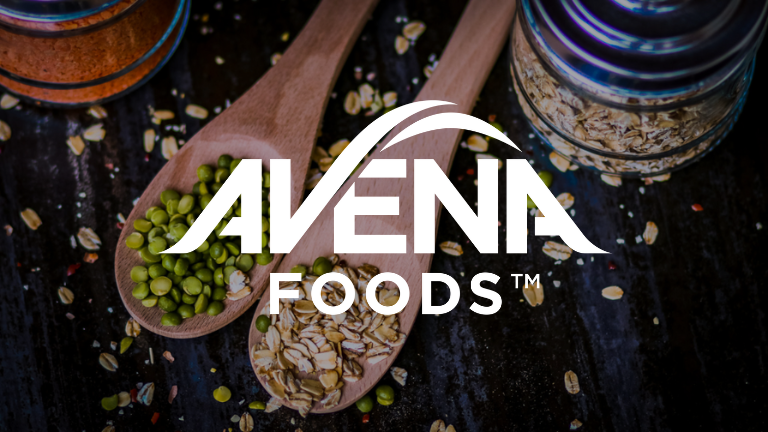Reliable Gluten-Free Pulse Supplier
Avena’s pulses and pulse ingredients provide a healthy halo, enhancing the nutrition of a food or beverage product. Here are our offerings:
- Native Pulse Flours
- Cracked Pulses and Grit
- Whole, Split and Decorticated Pulses (Best Cooking Pulse)
- Specialty Milled Ingredients (RTE)
In addition to being high in protein, dietary fiber and micronutrients, these ingredients are low in fat and produced in a facility that does not process any major allergens.
Contact us today for a reliable supply of Avena’s pulses and pulse ingredients.
